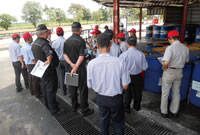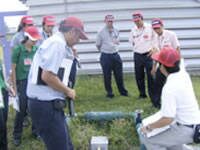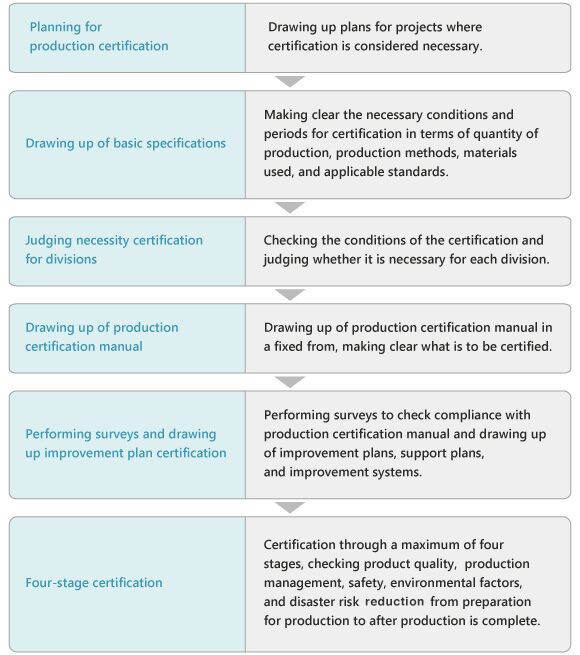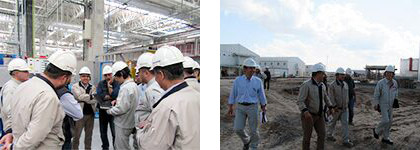The Bridgestone Group’s Total Environmental Advanced Management System (TEAMS) serves as the foundation for Bridgestone’s environmental activities. To acquire and maintain ISO 14001 certification at its manufacturing sites, Bridgestone has implemented an Environmental Management System (EMS) framework across the Group. TEAMS was developed by adding the following two concepts to EMS:
Total: the participation of all business units, facility functions and employees throughout the Group
Advanced: the commitment to active disclosure and advanced, world-class activities
Under the TEAMS concept, each Group strategic business unit (SBU) and facility prepares and adopts an EMS using ISO 14001 methodologies. Environmental activities are then improved through the use of the plan-do-check-act (PDCA) cycle at three levels: individual facilities, SBUs, and globally.
To support TEAMS activities, Bridgestone is also working to provide and consolidate shared global information systems for use in improvements across the Group’s PDCA cycle based on analysis of each SBU’s environmental activities and data. It reinforces various infrastructure and human resource developments to ensure environmental management at SBUs and business locations.
For example, all non-manufacturing sites, including distribution centers and retail shops, conduct environmental self-assessments, grading each location’s environmental management against one of three levels (I, II, or III), using the information for further improvement by means of the PDCA cycle.
In addition, the Group holds conferences for environmental managers to enhance environmental education and cooperation across the entire Group. The training includes on-site lectures and group discussions aimed at enhancing the capabilities of environmental managers and strengthening regional cooperation.






